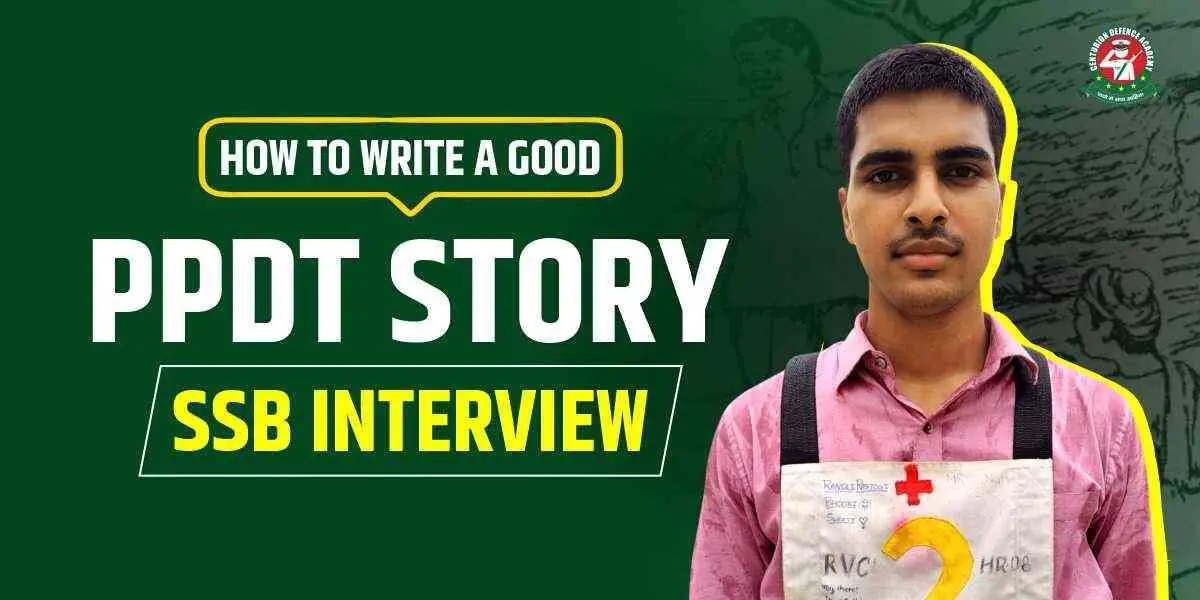
How to Write a Good PPDT Story in SSB Interview
The PPDT is undoubtedly the most important stage in the SSB interview. It stands for the Picture Perception and Description Test, part of the screening test. Only those who clear the PPDT get the opportunity to appear for the next stages of the SSB interview. This stage of the screening test takes place on the very first day. The PPDT is very crucial as it decides whether the candidates will stay for the next 4-5 days of the SSB process or not. Over half of the candidates who report to the Services Selection Board are eliminated on the first day. This is due to poor story writing, a lack of confidence during narration, and group discussion. Thus, Centurion Defence Academy has come up with a comprehensive article on how to write a good PPDT story in the SSB interview. In the below sections, you will learn the basic principles of how to write a good PPDT story and get a recommendation in your very first attempt.
How does the PPDT in the SSB interview take place?
The PPDT in the SSB interview expects candidates to create a story based on a picture shown on a screen. To write a good PPDT story, observe the details in the image, create a simple plot with a clear beginning, middle, and end, focus on positive and practical themes, and ensure the story reflects your qualities and values. A picture is displayed for 30 seconds, and candidates are given one minute to note down important details on the page given to them. These details include the gender of the character or characters, their age, their mood, the background of the image, the expressions of the character or characters, and the identification of the resources, including man, material, time, and money. Above all, the most important work is to identify the central character who will play the role of the hero of the story.
The Picture Perception and Description Test comprises two stages. In stage one, the candidates are shown a hazy picture, and thus they have to write a story around that picture and mark the characters, their mood, age, sex, etc., as per their perceptions. In stage two, the candidates are seated in a group of around 10–18, and one by one they narrate their stories. This is followed by a discussion that aims to arrive at a common story. Then, one person chosen by the group narrates the story to the panel sitting there.
Some Effective Ways to Write a Good PPDT Story
First, it is very important to relax and keep your mind calm. Listen to the instructions of the officer carefully before the start of the test. If the candidates panic then they will not be confident in their stories and will try to change the story again and again due to which they would become nervous during their narration time.
OBSERVATION
The picture is shown for 30 seconds, in that time you have to observe the picture very carefully. Formulate a story around the one main character. Try to imitate yourself in the character and think about what would you do if you were the hero of the story.
ACTIONS
Try to build relations of other characters with the main character and how the hero takes all of them together and makes a solution-oriented group. You can also include actions from your own experience or achievements related to the picture.
IMPACT
Your story should make an impact. Include ideas from newspapers, books, or any inspirational ideas or ‘start-ups’ that you observed around you. Keep the mood of most of the characters in the positive mode unless they are deliberately shown negatively.
CENTRAL CHARACTER
If the main character is a young person then you can write your own age. If not then you can imagine something that you would be doing when you are of that age. For example, There was a picture in which an old man was sitting on a wooden chair and reading a book. It was clearly visible that the person is old so I made up a story that the person is retired and has opened up a library for unprivileged children as he had a good collection of books since his childhood days. So it is not compulsory to always make the hero of your age or gender only.
PURPOSE
Try to find the purpose and not the need in your story. Do not write any pre-conceived story as they would hamper your creative thinking. Do not write an imaginative story that would be impractical in the real world.
LEADERSHIP
Your main character should not be the superhero who could solve all the problems but a person with good character and leadership qualities who takes his group with him.
RELEVANCE
After formulating the whole story in 30 seconds, start marking the characters, mood, and age group in the square box given. The number of characters should be the same as shown and should not be hampered accordingly. Do not plan any character from outside.
SCENARIO
Give a suitable title to the story that would impact the first impression. It could be one word or a group of words describing your story. Now start writing your story with the introduction. Your story should be in the past tense.
SIMPLIFICATION
You can give any name to the main character as suitable to your story. The introduction should be 2-3 lines long. There should be no adjectives used for any character. Now start building the action of the story around your characters. Your story may include past, present, and future. Do not start describing the picture that you have seen.
OPTIMISM
A positive story does not mean that everything was negative earlier or there was a problem and the hero has made it into a positive solution but it could be that the hero had found a purpose to do something positive.
Officer-Like Qualities (OLQs)
Keep in mind the OLQs and try to depict them in the actions of the hero. However, no such quality should be written directly in the story. Your action should be short and crisp and should end within 5-6 sentences.
CONCLUSION
Finally comes the conclusion of the story. The ending of the story should be very smooth and it should not be abrupt. The action of the story should lead up to the conclusion of the story. It should have the successful achievement of the goal after the efforts of the people led by the hero. The conclusion should end within 2-3 sentences. Read it once before submitting the sheet. Be confident even if you are not able to complete your story. Revise it again and again in your mind before going to the discussion room. You may improvise your story if you want but do not change the whole crux of it while narrating.
Join India’s Best Coaching for NDA Preparation
Are you looking for the best coaching for NDA 1 2024 preparation? The NDA 1 2024 exam will take place on 21 April 2024, and students are preparing thoroughly to excel in this exam. To help you enhance your level, Centurion Defence Academy is providing the best coaching for NDA preparation. The NDA course by Centurion has complete syllabus coverage, interactive classes by dedicated mentors, mock tests, doubt-solving sessions, PYQs practice, and complete personalized guidance. Moreover, Centurion Defence Academy also focuses on the SSB part of candidates by guiding them across personality development and communication skills. Join Centurion and ensure your selection for the prestigious NDA.
Success Story Posts
Recent Posts
-
MNS 2024 Exam Eligibility,…
April 30, 2024
-
Register Now for Free…
April 27, 2024
-
Which online course is…
April 25, 2024
-
NDA 1 2024 Result…
April 24, 2024
-
Best RIMC Coaching 2024…
April 23, 2024
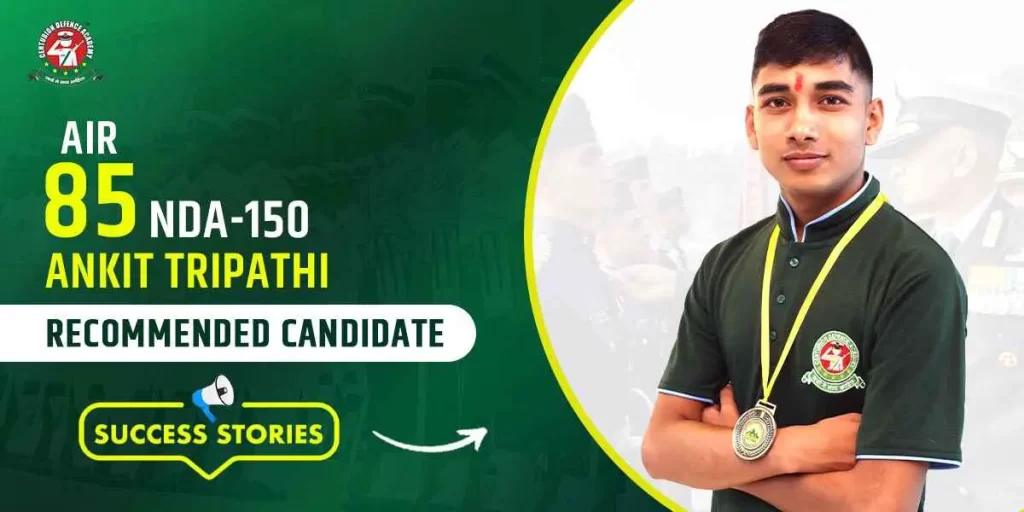

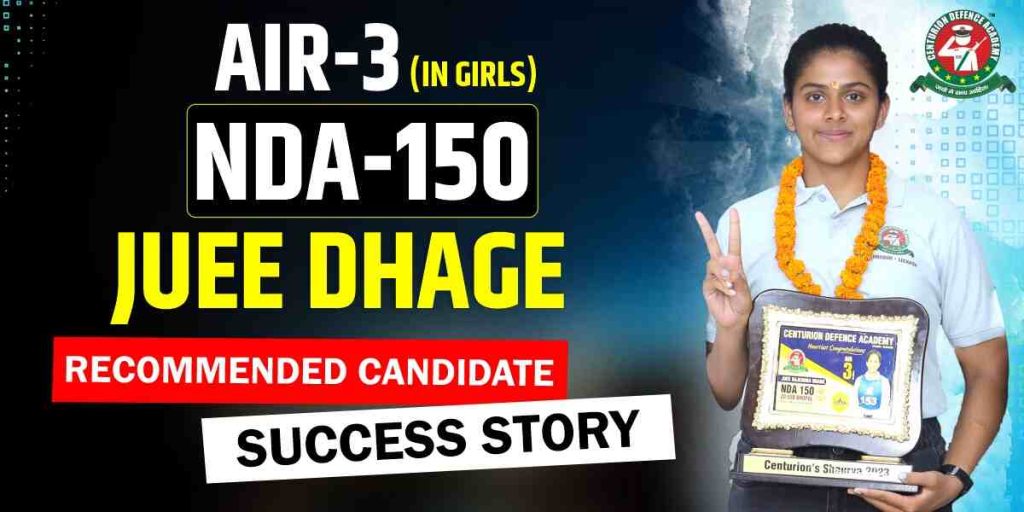
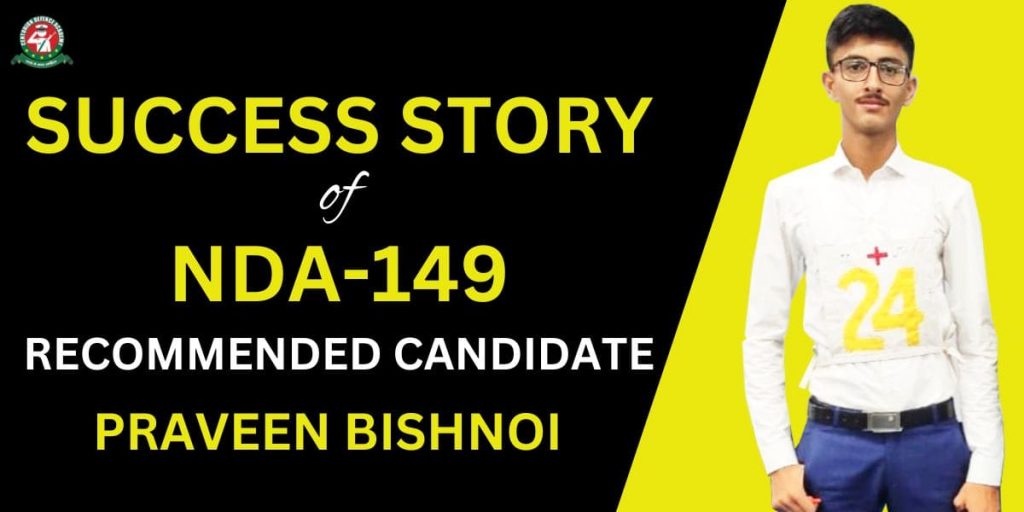
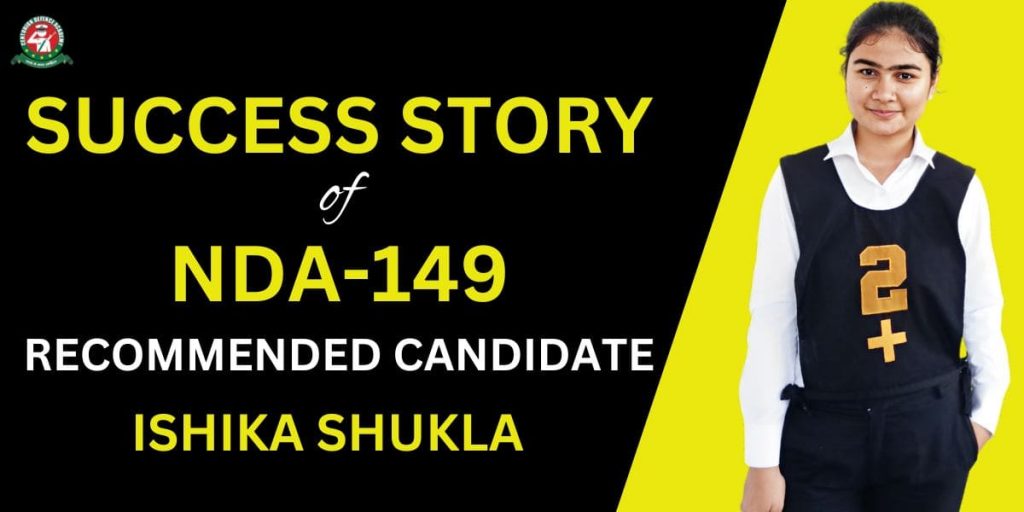
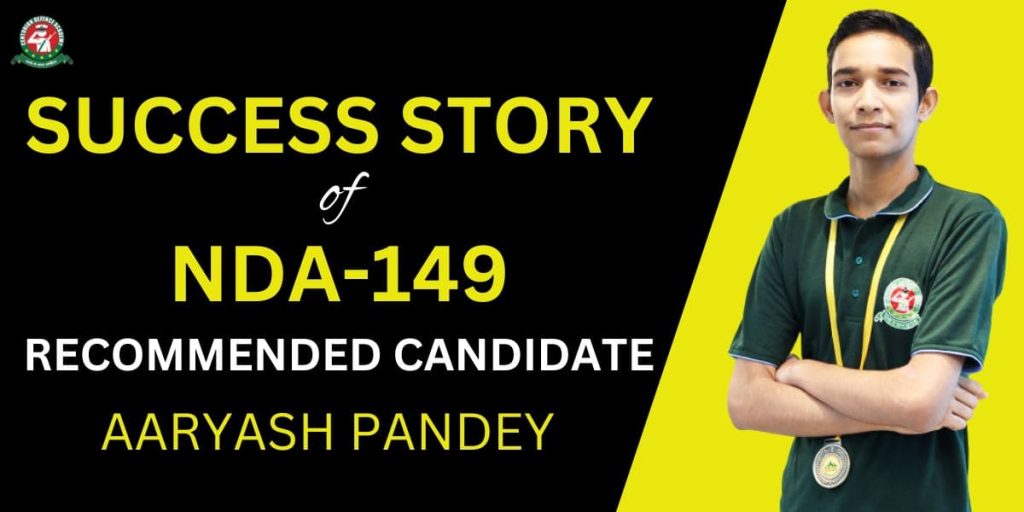

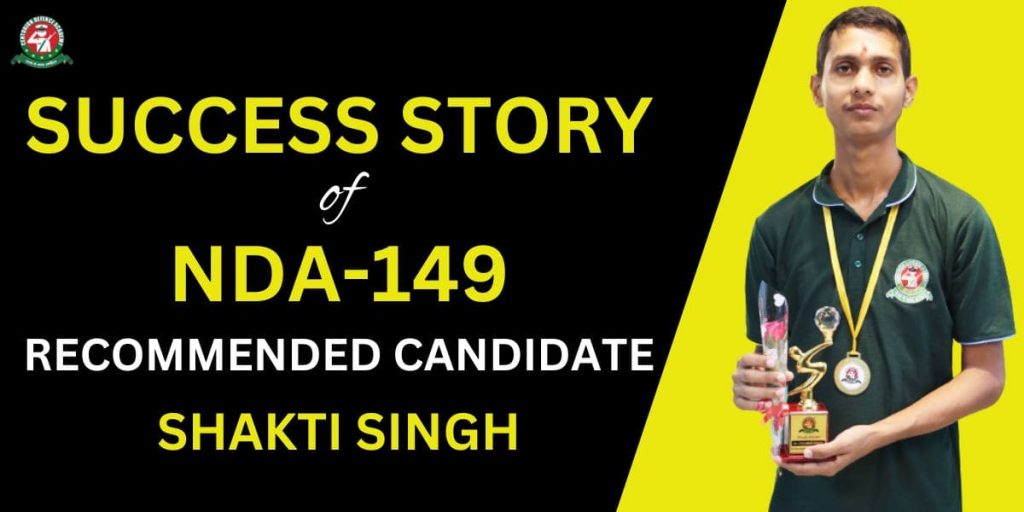
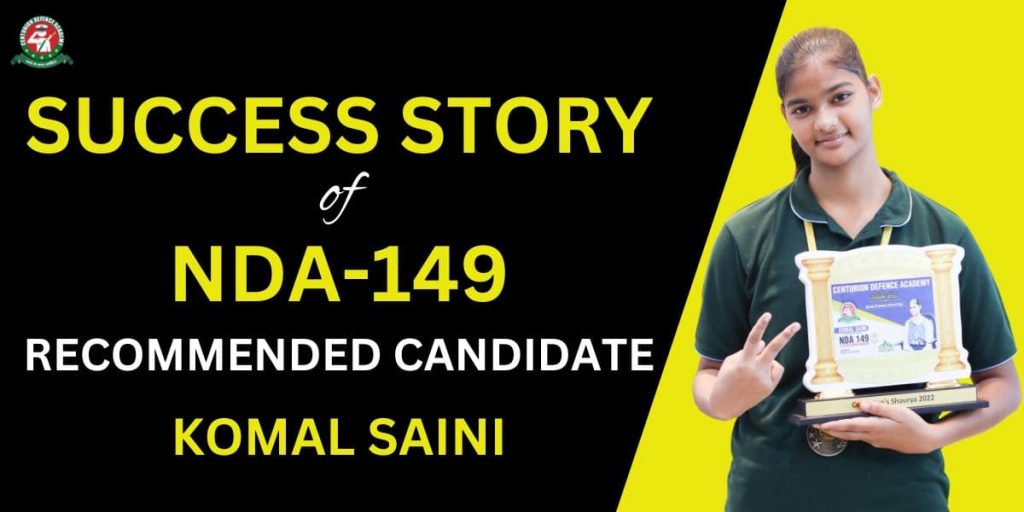
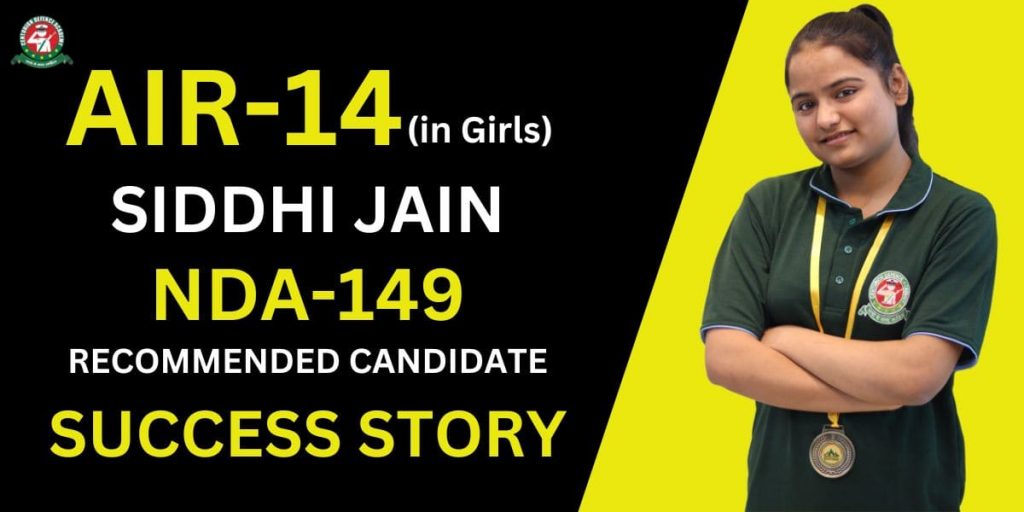
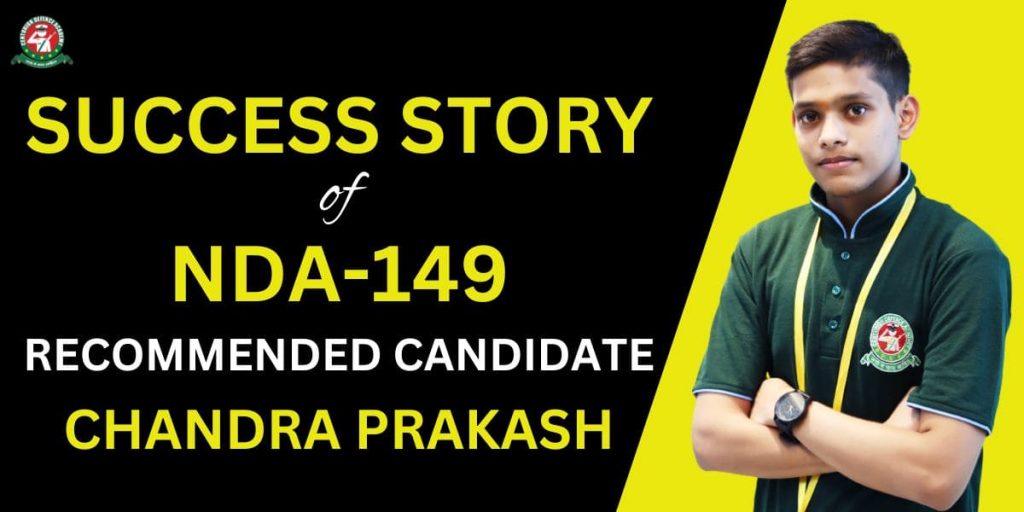
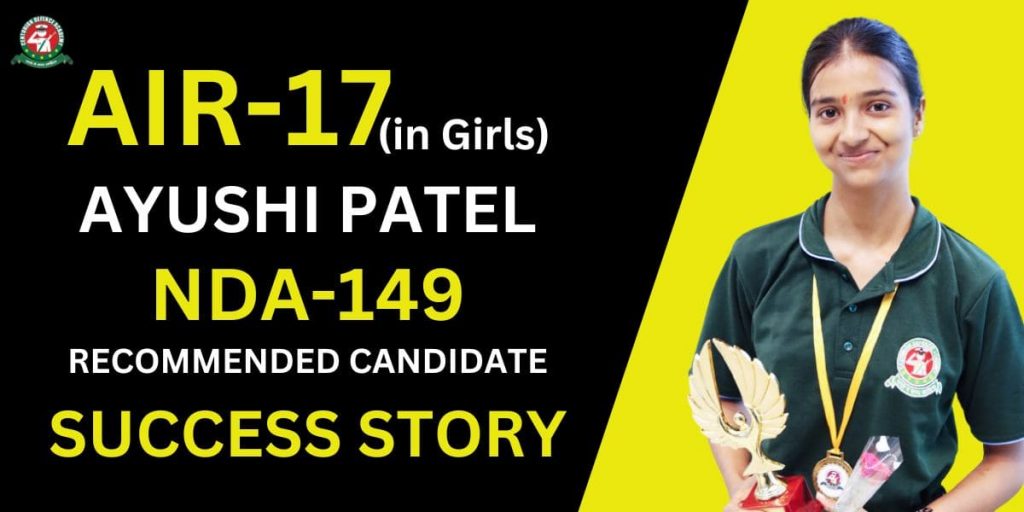
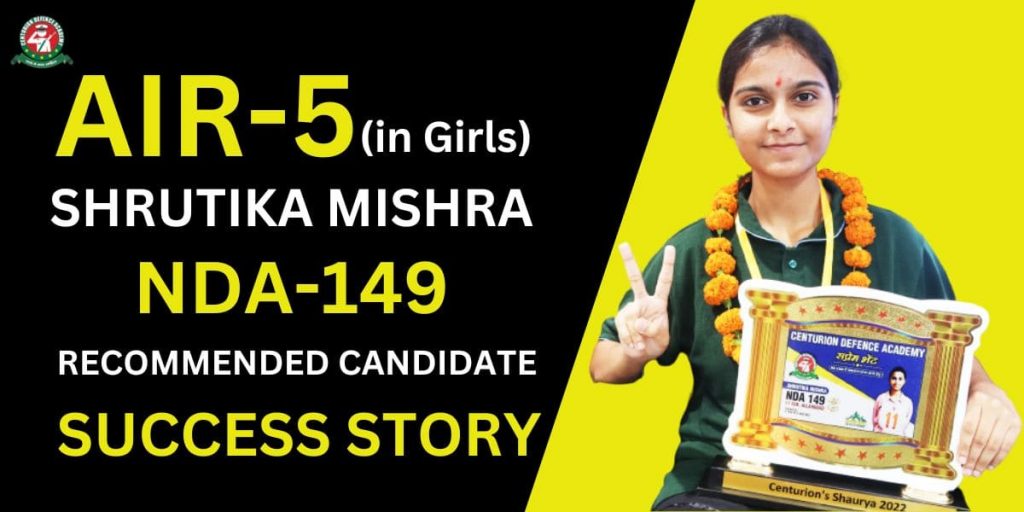

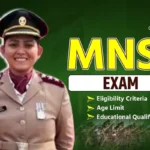
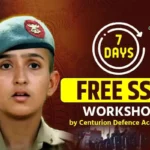

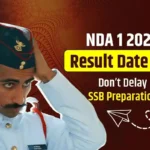





Leave Comment